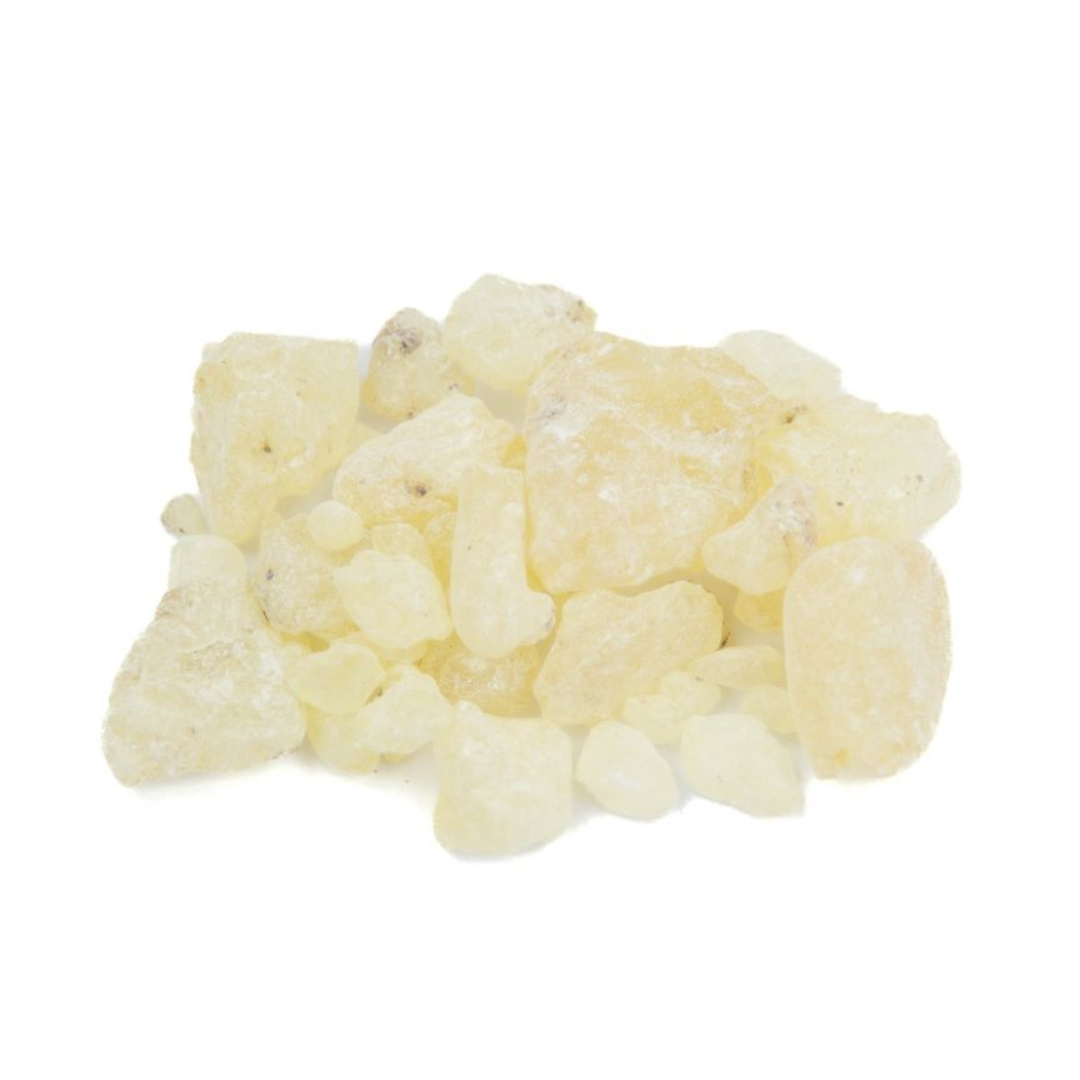Kremer Pigmente
Dammar resín
Dammar resín
Couldn't load pickup availability
Dammar is a pale, yellowish, easily brittle resin with clean edges. Dammar is found in Southeast Asia; the name is Malay and means as much as resin or torch (torches made of dammar are very good because they do not drip). Dammar is obtained from trees belonging to the Diptocarpaceae family. The most important resin is the one belonging to the Shorea wiesneri, also called Diptodammar. The most common dammar on the market is obtained from Sumatra and may have a prefix according to the place of origin. Padang- or Palembangdammar are the most common types.
Dammar is indispensible for the preparation of light, clear and easily volatile varnishes. This resin is used as a final varnish in both oil and tempera painting. In addition, it is also used in oil painting as an additive or diluting agent which reduces the drying time. During the preparation of varnishes or paints, turpentine oil of high quality should be used (double-rectified). The resin is dissolved cold by stirring often. If stored in dark bottles, the dammar solution is more stable than under the influence of light. Further dilution should only be carried out with the same solvent used to dissolve the resin. Dammar is further applied in the field of photography, to embed slide preparations, in the manufacture of plasters and plaster casts, and as substitute for Kaurikopal in the production of linoleum. Kurt Wehlte recommends wrapping 100 g damar crystals in gauze and suspending them by a string in a closed jar filled with 200 ml pure gum turpentine. The crystals will take a couple days to dissolve.
Share


